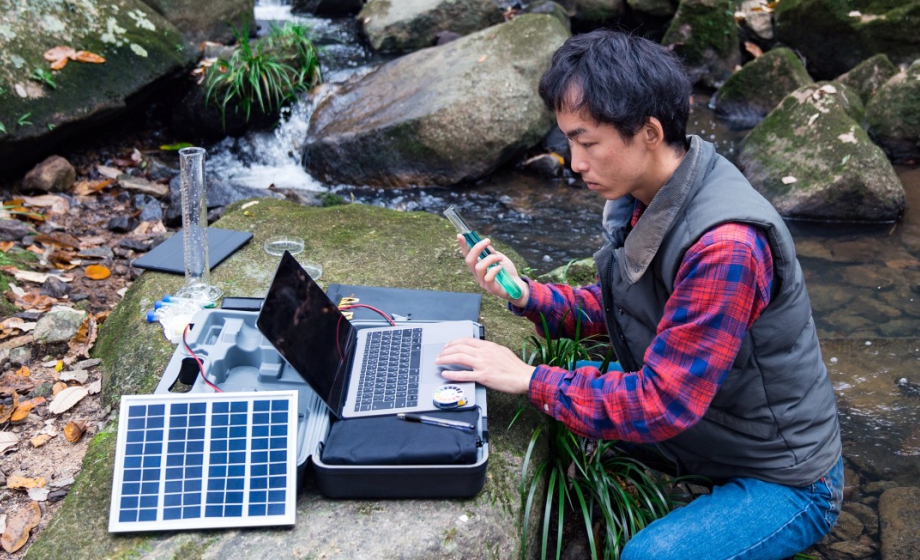Q&A Report: Enabling Mobile Spectroscopy: New Light Source Technologies for Analytical Instruments
Is it possible to increase the power at ~290 nm?
Yes, this is something we are currently working on. At the moment we do have a dip there due to the phosphor composition.
Can you extend the spectral range?
Yes, this is possible. However, with regards to extending the spectral range it comes down to what is physically possible versus what is economically viable.
If there is a lot of customer demand in extending the wavelength range, we can look into extending the range by changing the phosphorus composition. We do have a great deal of experience in this and have tested some alternative phosphors. However, unless there is a serial production requirement it is not economically viable for us to do so. At this time, while we do have the ability to extend the spectral range this is very much dependent on customer demand.
Can I connect the system with a battery?
FiberLight® L3 is incredibly easy to use with just a power bank and USB cable – ideal for in-field/on-site testing. It has been designed as a standalone unit without a battery. This is because the power supply and control are intended to be decided by the OEM Engineer or End User, to suit their particular application.
What is the time constant for turning the source on/off? I realize the LED will be very fast but what about the delay caused by the phosphors?
There is no afterglow from the phosphors when switching ON/OFF. You can pulse it up to 1 kHz without having a problem. The electronics of the module have an influence. For the complete module we measured that the intensity was zero after 20 μs. It is very likely that this result is restricted by the measurement resolution. The real time will be in the interval between the decay time of the phosphorus and the 20 μs caused by the electronics.
What is the definition used to determine end-of-life? Are failures typically catastrophic or due to a reduction of output power?
The end-of-life is currently defined when it reaches 50% of its initial output. The phosphor degrades over time, while the LED lasts much longer. We are constantly working on its improvement. For the next generation, the lifetime will be limited by the LED only, which means between 8,000 and 10,000 hours.
Do you have a version of the source that will go to shorter wavelengths, say around 225 nm?
Extending the range to include shorter wavelengths depends on what is physically possible and would require lower UV LEDs. At the moment there are no LEDs available which can cover these short wavelengths.
How can FLL3 be integrated in a measurement device?
The standardized SMA coupling of FiberLight® L3 makes it easy to integrate, and the mounting of the module is easy and flexible. You can either use the holder on the bottom of the module or you can mount it using the front of the module.
Is it possible to measure multiple wavelengths at the same time using LED tech?
We use the complete energy to generate the broadened wavelengths range. It emits several wavelengths at the same time in parallel, so you can measure several different wavelengths at the same time by using a spectrometer. By using a broadband light source, you can measure a broadband spectrum.
How much does this system cost?
We are really pleased about the interest in FiberLight® L3. Please understand that we do not discuss commercial topics in this format. We would be happy to discuss individual needs. Please get in touch with our regional sales managers for an individual offer.
Contact Information
If you have additional questions for Heraeus Noblelight regarding content from this webinar or if you would like to receive additional information about their LED-based products for analytical spectroscopy applications, please contact them at hng-analyticallamps@heraeus.com.
